“When I went to Punagala Village, I saw someone was poisoned by pesticide spraying and died.”
These were the candid words of Kasun, a 7th grade student of Aliyawatta Secondary School in Monaragala district, Sri Lanka. For children like Kasun who pass sugarcane fields each day, pesticides spraying is a usual sight. They are also exposed to pesticides while playing at home or at school. Sometimes, they play with empty pesticides bottles without realising the dangers.
It is among these children that Vikalpani Women’s Federation conducted awareness-raising activities as part of PAN Asia Pacific (PANAP) and its partners’ Protect Our Children (POC) from Toxic Pesticides Campaign. With this year’s theme of “Children’s Rights to a Pesticides-Free World,” the campaign aims to raise awareness on the impacts of pesticides on children and to demand children’s rights to a safe and healthy environment.
The campaign is premised on the belief that a pesticides-free future begins with educating our children on present realities, and what a future without pesticides can look like. For instance, in Vikalpani’s sessions with students, the origins of pesticide use and the companies which promote them were explained. Harmful impacts of pesticides on human health and the environment were discussed through picture presentations—children were asked to draw a human body and identify the impacts of pesticides on different parts of the human body. Children were also encouraged to share their experiences and thoughts on pesticide exposure.
“One of the grandfathers of our village was spraying pesticides and he was admitted to the hospital since he was poisoned,” said K.M. Sanjala Kumara of Niyadalla School. “Even if we are treated in a hospital, we can see still pesticides being sprayed. Therefore, pesticides should be prohibited and every one should be fed with non-toxic food,” said N.A. Sachini Upeksha, a student from the same school.
Children in Sri Lanka speak up on pesticide impacts. Video by Vikalpani
The campaign also underscores the importance of promoting agroecological alternatives to pesticides. In one activity, children were asked to identify beneficial and non-beneficial insects in their farms. Such knowledge of ecosystems is one of the important aspects of agroecology–knowledge that is being continuously undermined by dependence on chemicals.
Children’s art on pesticide impacts
In POC campaign activities, art proved to be a powerful expressive tool for children who suffer from, or are just beginning to understand the threats that pesticides pose to their health and the environment. Art competitions were held by Vikalpani; Bangladesh Resource Center for Indigenous Knowledge (BARCIK); Yayasan Gita Pertiwi in Indonesia; PACOS Trust in Malaysia; Public Advocacy Initiatives for Rights & Values (PAIRVI) in India, and Research Centre for Gender, Family and Environment in Development (CGFED) in Vietnam. The following are some of the artworks, which display children’s unique insights into the issue.:


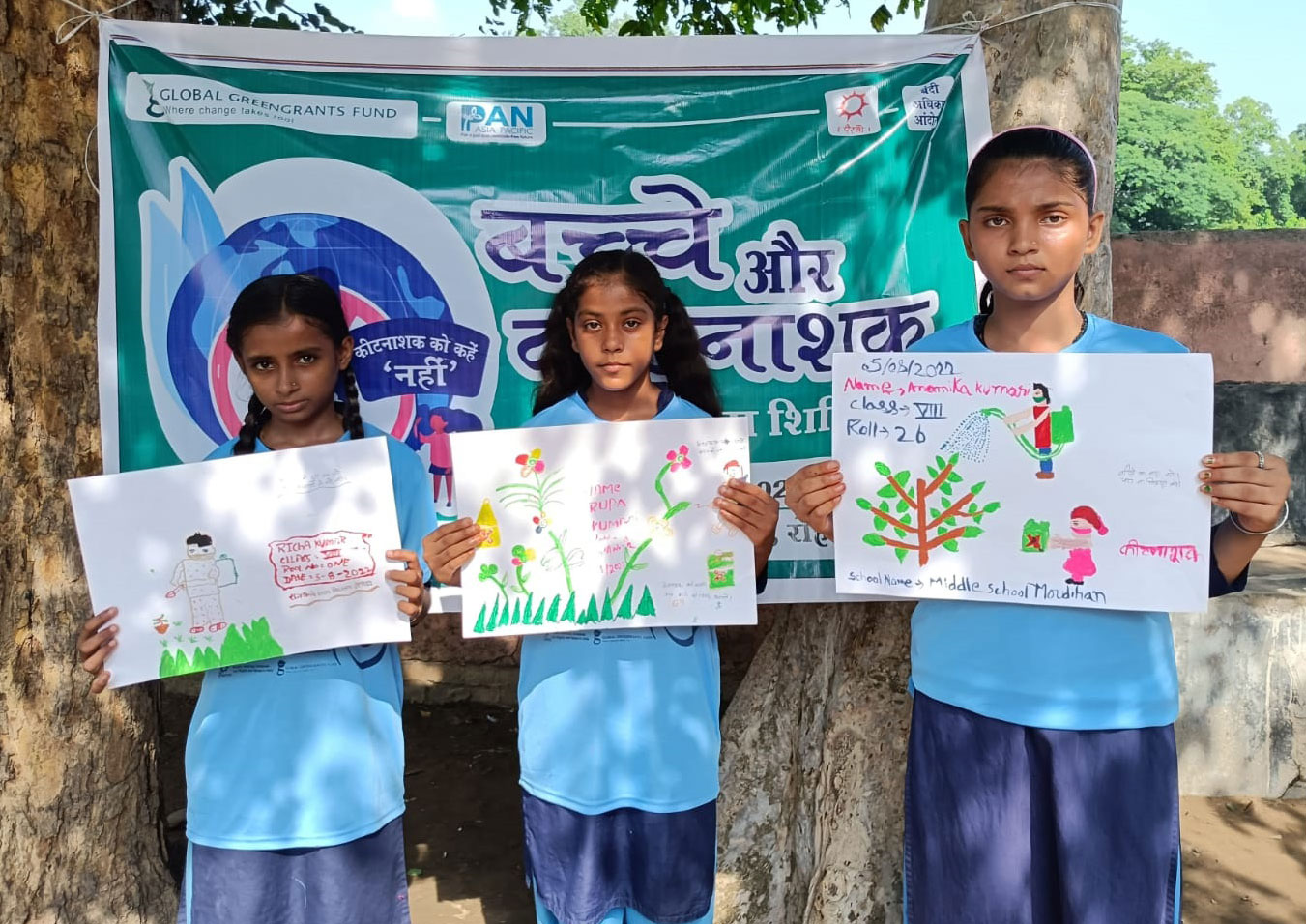
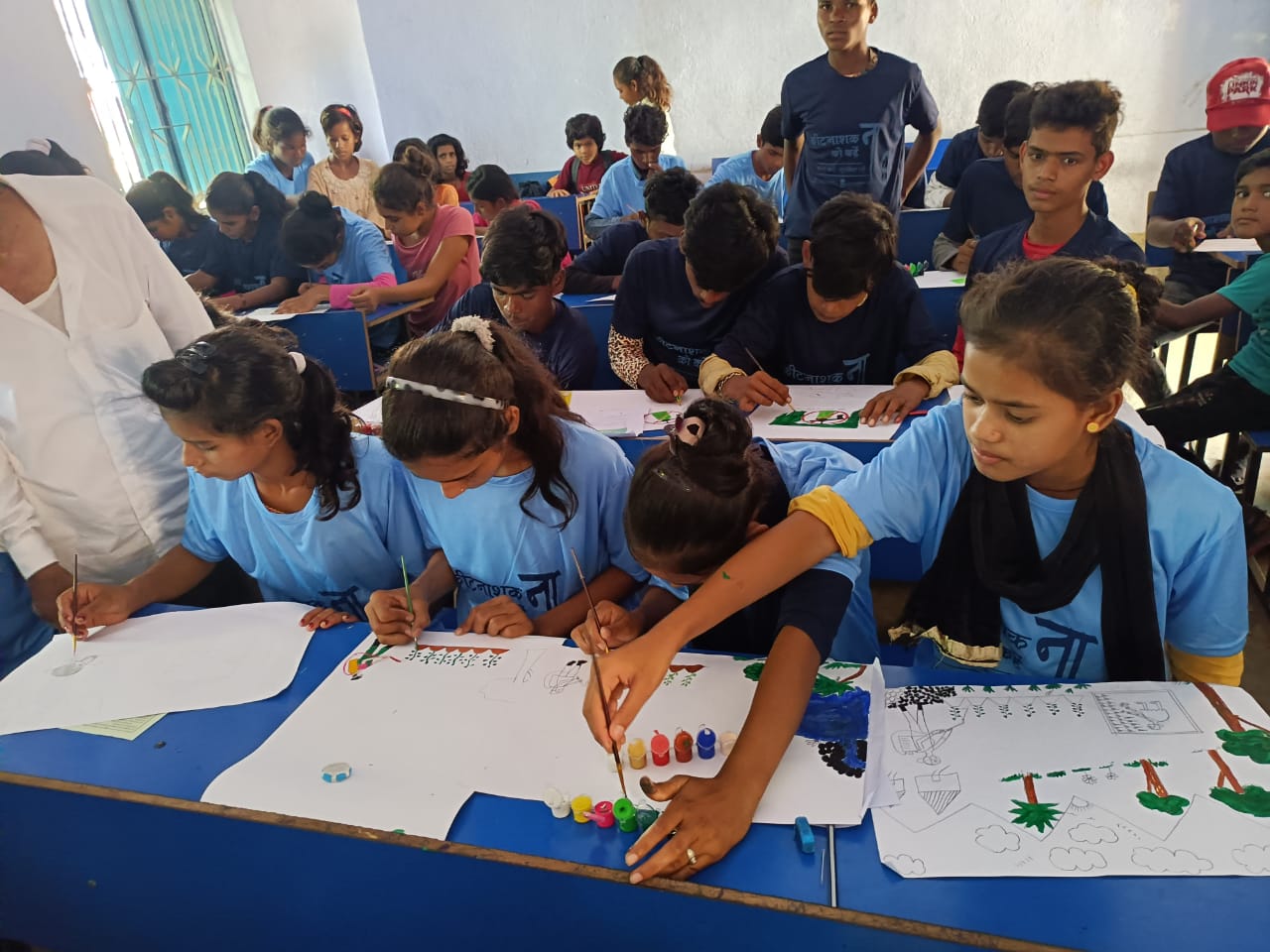
Meanwhile, in Bangladesh, traditional rice harvest rituals and human chains were the highlight of cultural programs and educational sessions held by SHISUK. Around 500 teachers, students and parents, as well as 400 community members participated in events organised in four schools. “We want to live in a healthy, poison-free environment. It is our right as children,” said Rudro Deb, 10.
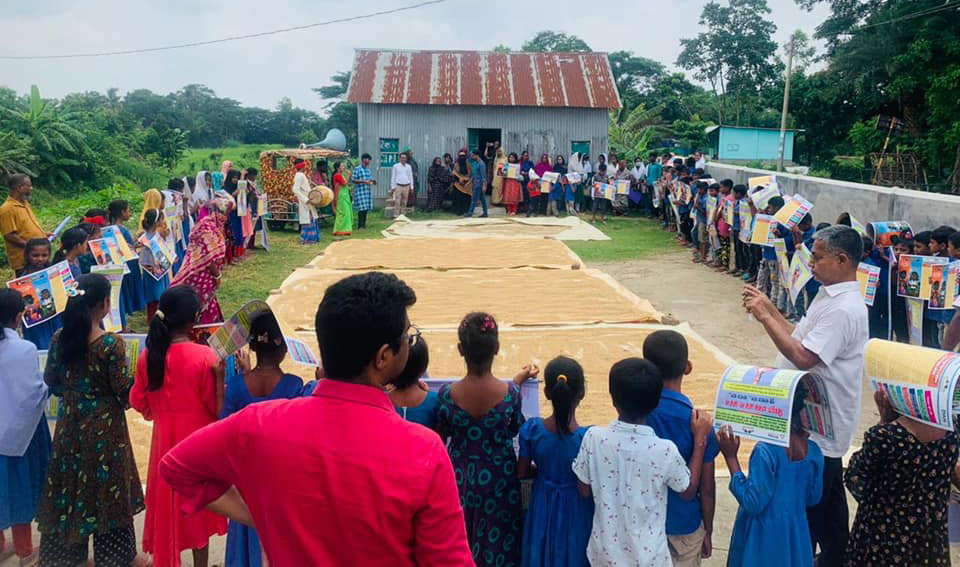
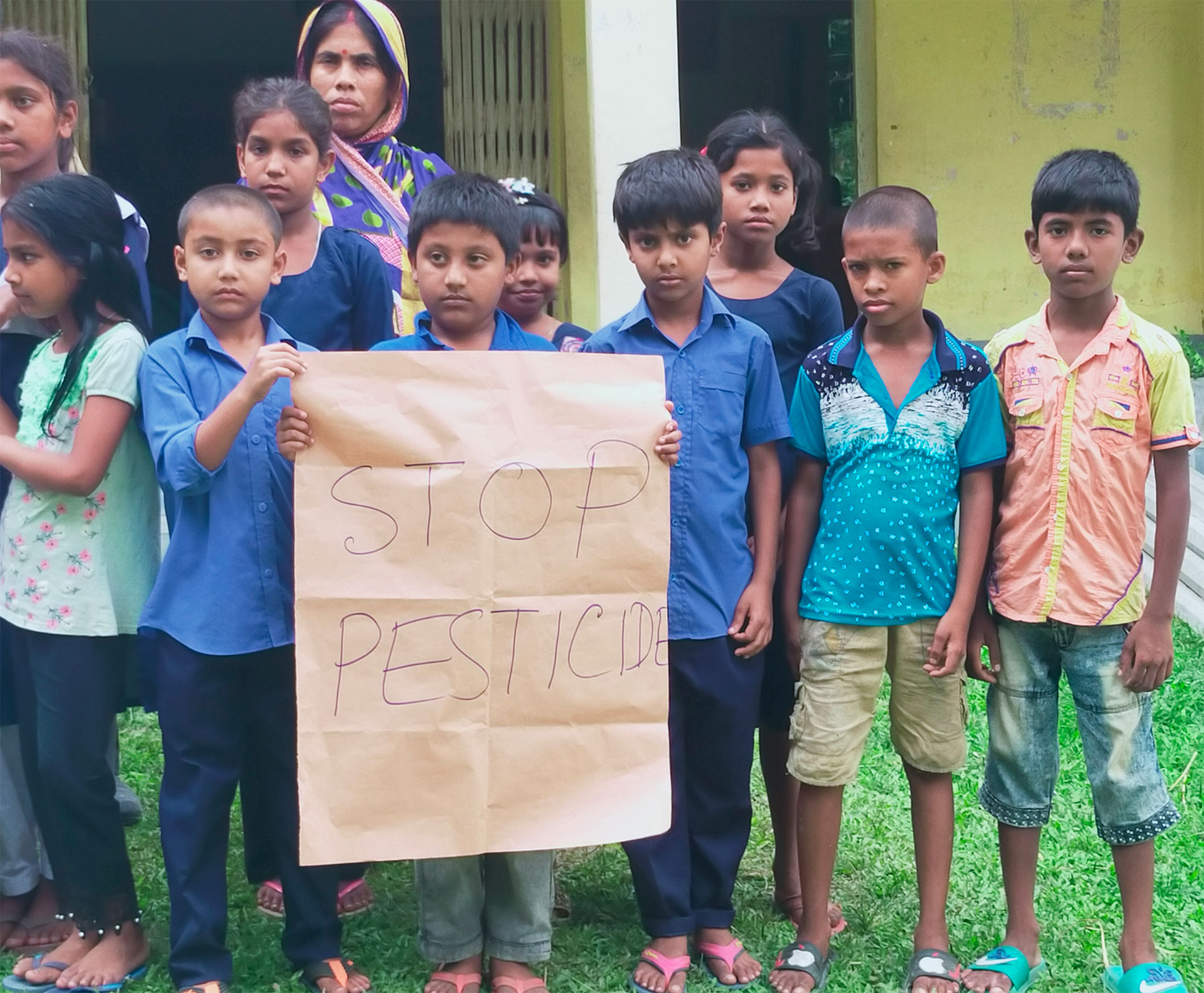
A poster and other educational materials for the POC campaign were translated into various languages and disseminated in schools. In Vietnam, Centre for Sustainable Development (SRD) put up the posters in classrooms and school. Pesticide impacts and agroecological alternatives were also discussed, in events that were well received by students and their parents.
Jumpstarting agroecology
Meanwhile, Society for Rural Education and Development (SRED), PAN India, Andhra Pradesh Vyavasaya Vruthidarula Union (APVVU) and Telangana Vyavasaya Vruthidarula Union-(TVVU) organised village-level discussions on pesticide impacts, as well as sharing of agroecological practices among rural women and children in the states of Maharashtra, Tamil Nadu, Andhra Pradesh, and Telangana.
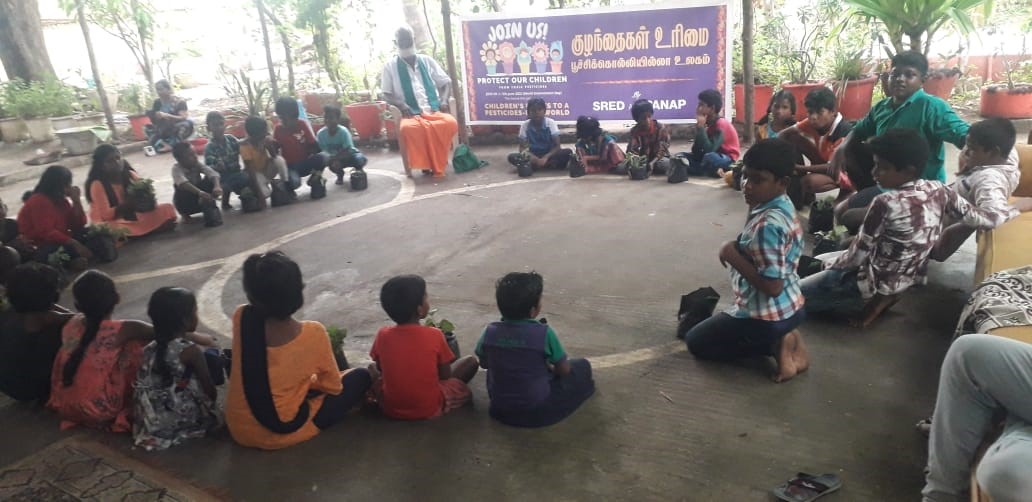
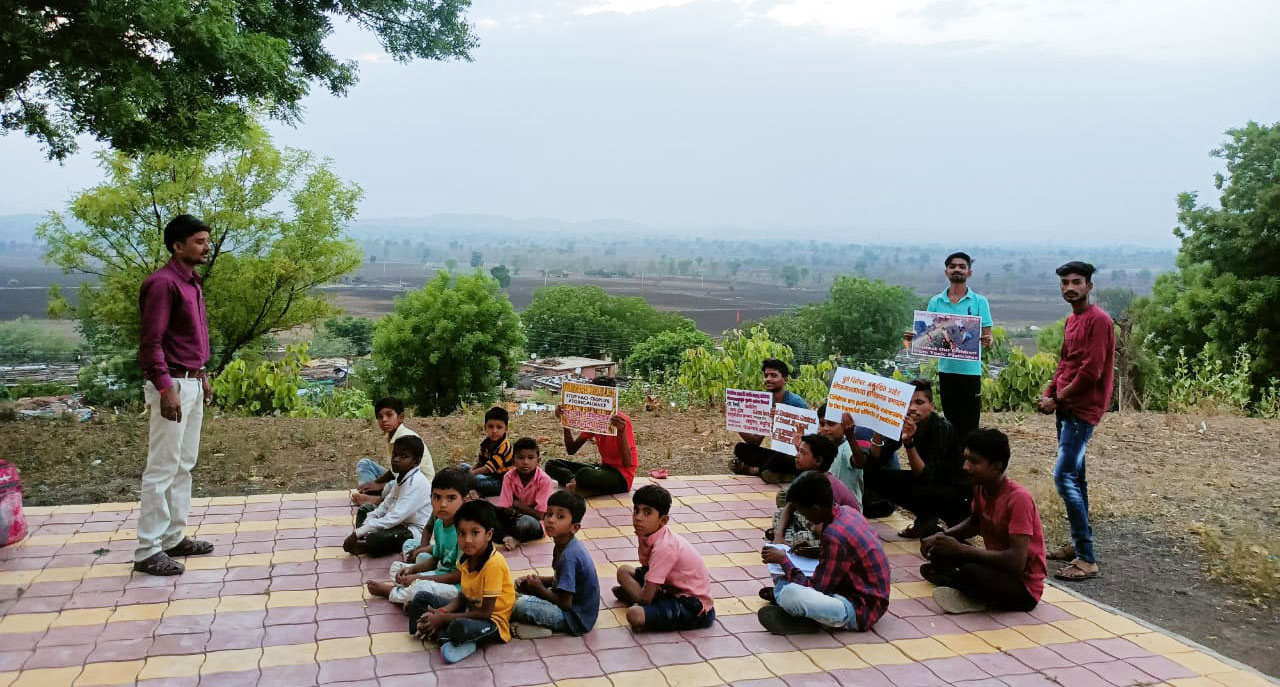
By submitting a memorandum, APVVU and TVVU also asked local state authorities to ban Highly Hazardous Pesticides, promote non-chemical alternatives, and provide appropriate support for agroecological practices.
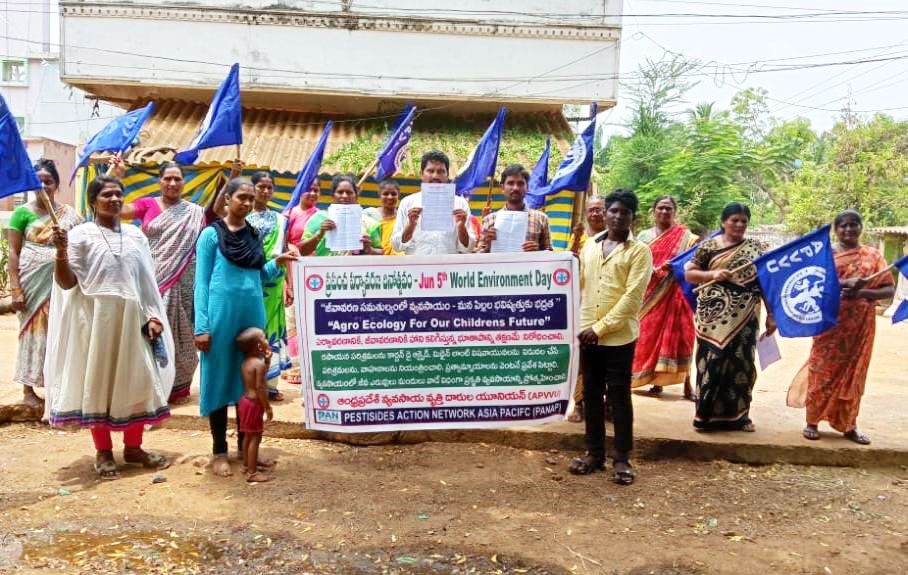
Thanal, which is organising a campaign to reduce pesticides exposure in 20 schools in Kerala, launched an organic kitchen. It encouraged children and the youth to participate in organic farming for healthy, nutritious food. As part of its awareness raising, it exposed the pesticides used in ingredients for Kerala’s most famous dishes.
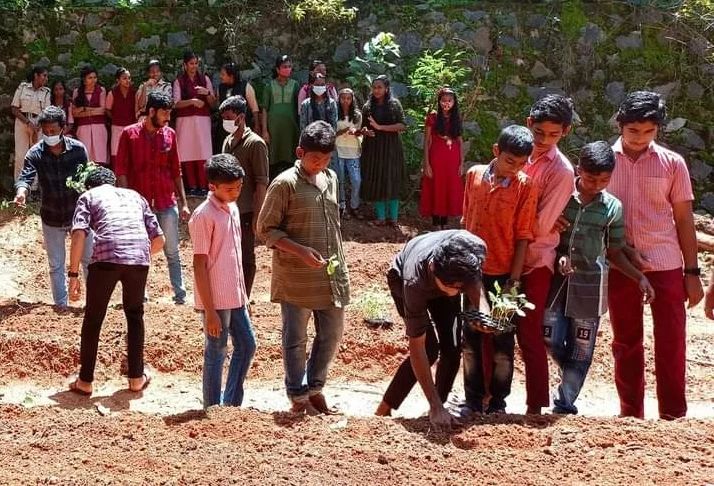
In Pakistan, Khoj Society for People’s Education organised a series of organic farming workshops for schoolchildren in Lahore. Training videos aimed for schoolchildren, as well as an English translation of the children’s organic gardening book launched by Khoj for last year’s POC campaign, is also in the works.
Maximising media
Both traditional and new media are being maximised to reach out to children. A radio broadcast with Solopos FM, the biggest radio station in Surakarta City, Indonesia was done by Gita Pertiwi. “I learned how to reduce the use of pesticides in my daily life, such as repelling rats at home without using pesticides and keeping the house clean. It is also important to be able to consume organic vegetables and fruits. By avoiding the use of pesticides, we will make a healthy life and children can grow up healthy,” said Aphrodita Helsa Christiani, 12.

Through video messages collected by partners such as Gita Pertiwi, MASIPAG, and PACOS Trust, children were also able to tell why a pesticides-free world is important to them. PANAP disseminated these videos and more in its social media accounts, including on the popular platform Tiktok.
Video by farmer-scientist group Magsasaka at Siyentipiko para sa Pag-unlad ng Agrikultura (MASIPAG) featuring Filipino children.
Storytelling and dissemination of PANAP’s Story of Zee the Bee—a book introducing pesticide impacts on the ecosystem to children—was held in Laos by Sustainable Agriculture and Environment Development Association (SAEDA), as well as in several schools in Penang, Malaysia. Children were inspired to display placards calling for a pesticides-free world.

Additionally, partners such as Coalition of Cambodia Farmers Community (CCFC) and Agroecology X also participated in a social media campaign on June 5, World Environment Day. According to a solidarity statement released by Agroecology X, a coalition of agroecology advocates in the Philippines, “Pesticide poisoning has been reported as an increasing problem, especially to vegetable farmers and their families in the Philippines. In fact, in a study in North-East Luzon, school children were found to start working in vegetable plots as young as 6 to 9 years of age. It stated that children suffered from symptoms such as headaches, skin irritation and abdominal pain after the use of chemicals.”
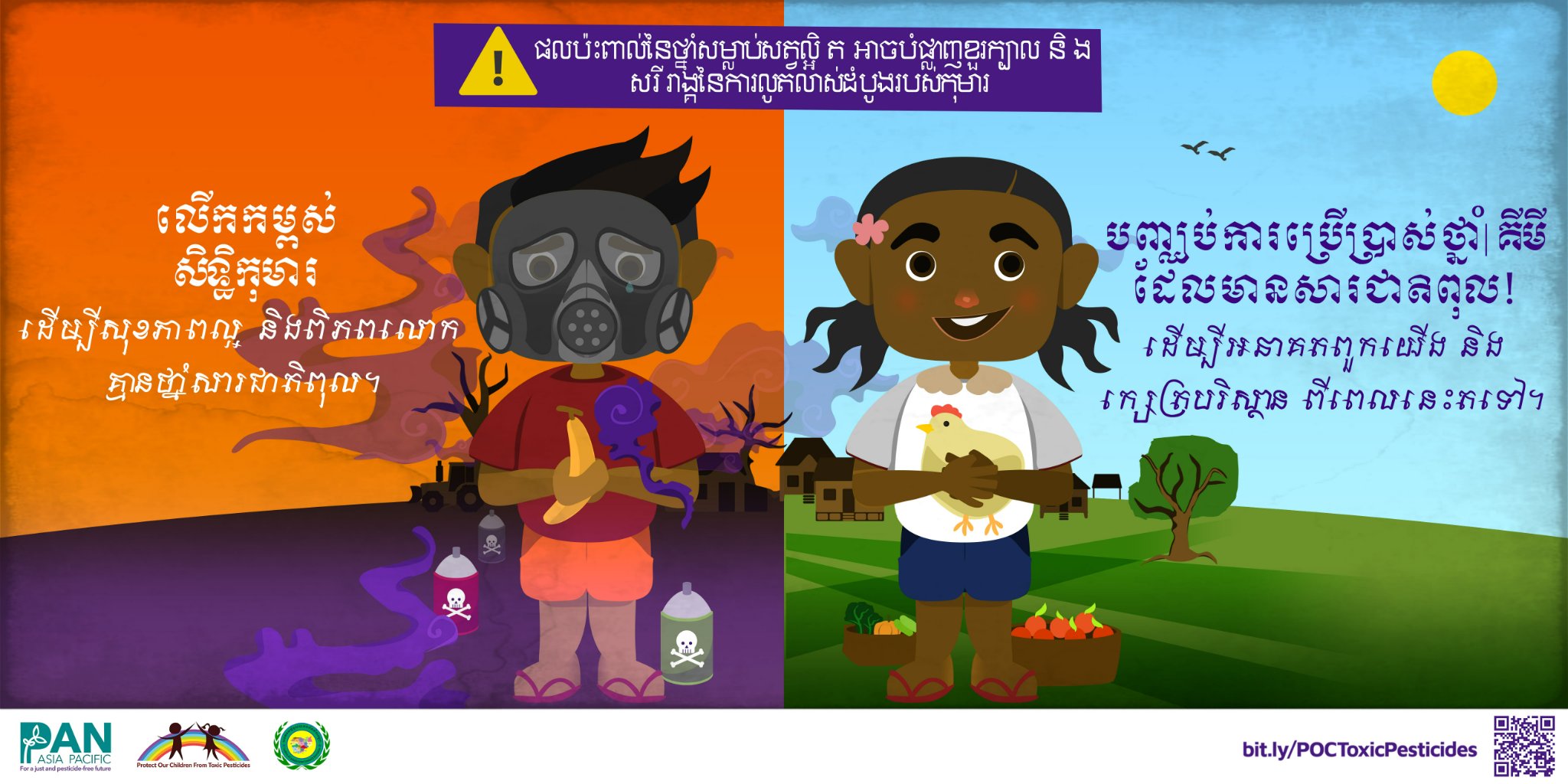
Chlorpyrifos ban, buffer zone around schools
Given the high incidence of pesticide exposure among children in schools, PANAP recommends a minimum of one-kilometer pesticides-free buffer zone around schools to help safeguard children. Signature campaigns for a pesticides-free buffer zone were conducted by our partners in Bangladesh, Sri Lanka and India, with plans of submitting these petitions to school or government authorities for action.
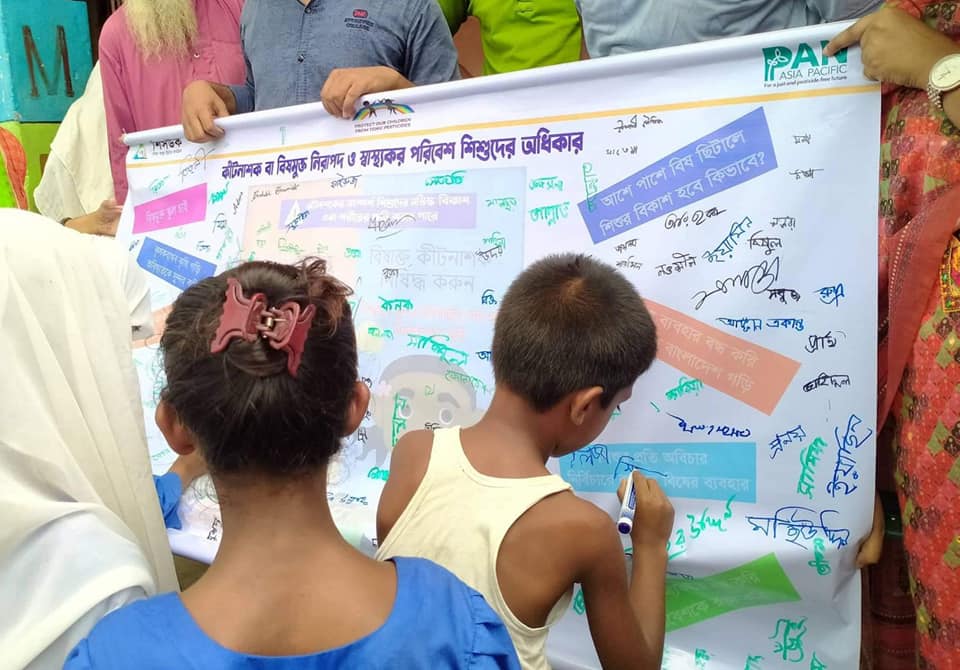
Meanwhile, in New Zealand, Pesticide Action Network Aotearoa New Zealand (PANANZ), Weed Management Advisory (WMA), Safe Food Campaign and Soil & Health Association called on the country’s Environmental Protection Authority (EPA) to urgently speed up the reassessment of the organophosphate insecticide chlorpyrifos. Chlorpyrifos is extremely toxic to children. Exposure to even minute amounts can cause long-term consequences.
“We supported a call for an immediate reassessment of chlorpyrifos nearly ten years ago after a study found the pesticide in even organic farm waterways. It took seven years to even list it (2020) for reassessment. We must do better than this,” said Soil & Health Association Chair Marion Wood.
Last July, PANAP published a policy brief to help inform policymakers of the urgent need to ban chlorpyrifos, which is currently up for listing at the Stockholm Convention on Persistent Organic Pollutants for a global ban. Recently, the Malaysian government banned chlorpyrifos in agriculture, a move lauded by PANAP as a positive step towards protecting children from toxic pesticides. ###

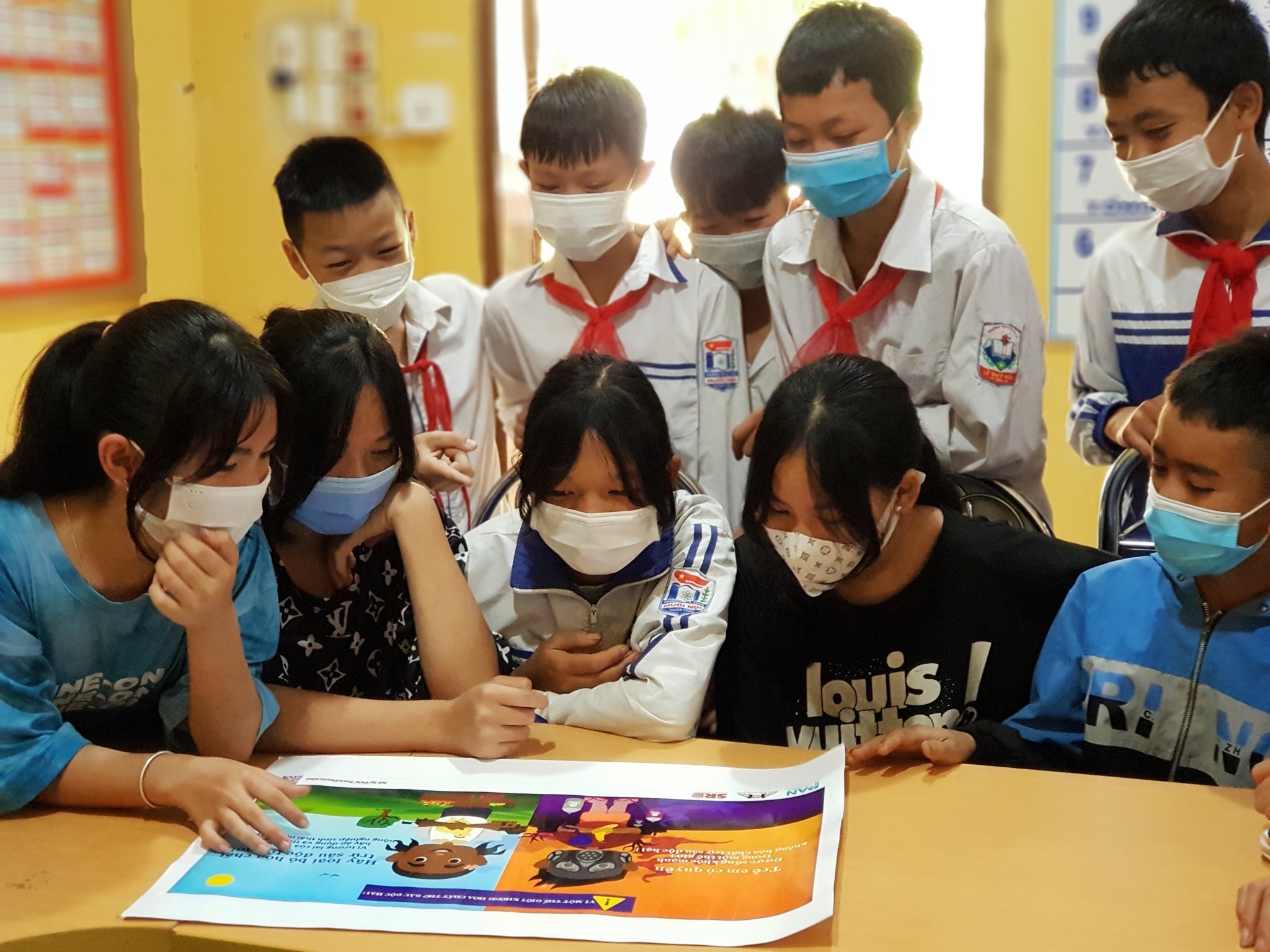






Discussion about this post